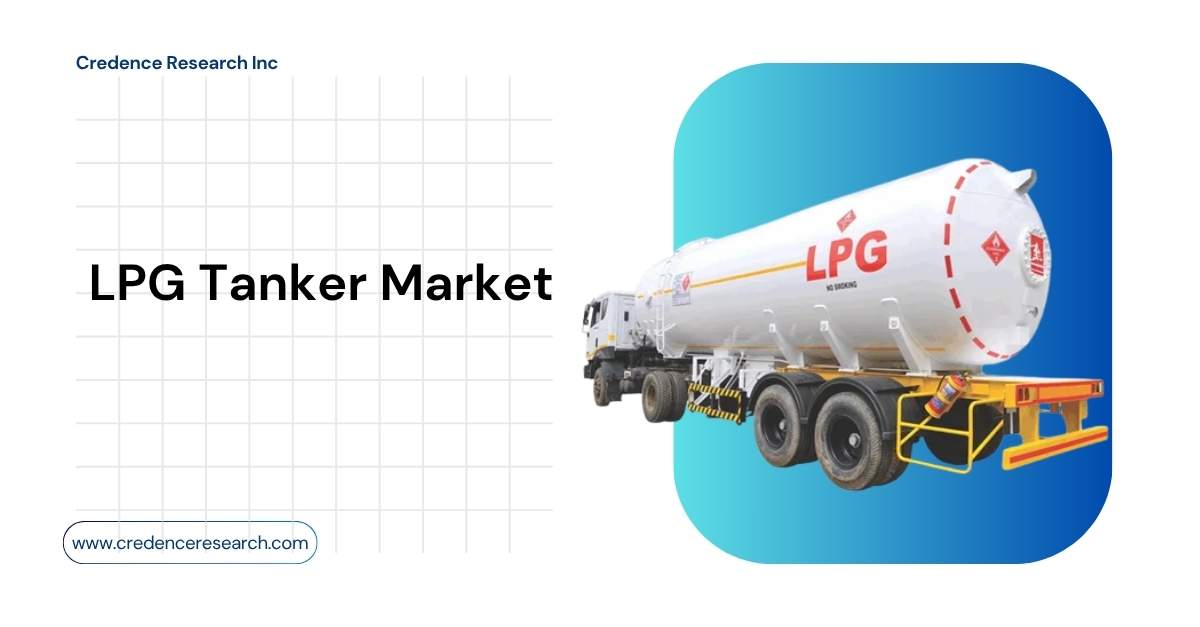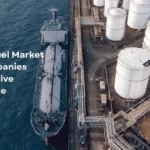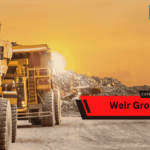According to the latest report published by Credence Research, “LPG Tanker Market – Growth, Share, Opportunities & Competitive Analysis, 2024 – 2032,” the global LPG tanker market was valued at USD 210.1 billion in 2024 and is expected to reach USD 324.89 billion by 2032, growing at a compound annual growth rate (CAGR) of 5.6% from 2025 to 2032.
LPG tankers are essential to the international transport of liquefied petroleum gas, supporting both energy distribution and petrochemical supply chains. The growing preference for LPG as a cleaner energy alternative and expansion of global trade routes are key drivers of market expansion. Fleet modernization, advances in ship design, and regulatory enforcement continue to reshape operator strategies and capital investment.
The market is segmented by vessel size, refrigeration and pressurization technology, and geography. Large-scale shipping operators and shipbuilders continue to invest in advanced carrier technologies to meet evolving transport needs and regulatory requirements.
Market Driver:
Shift Toward Clean Energy is Increasing Global LPG Demand
The global energy sector is undergoing a significant shift, with many regions adopting lower-carbon fuels. LPG is viewed as a transitional fuel with fewer emissions than coal, fuel oil, or traditional biomass. This transition is accelerating LPG adoption across residential, commercial, and industrial sectors.
Developing nations, especially in Asia Pacific, are increasingly replacing kerosene and wood with LPG for household use. India, Indonesia, and China are actively expanding domestic LPG distribution, which increases the need for imported LPG and, by extension, tanker services. National energy programs in these regions prioritize access to cleaner energy sources, reinforcing demand for long-range shipping via Very Large Gas Carriers (VLGCs).
In Latin America and Africa, new import terminals and government subsidies are enabling broader access to LPG, despite infrastructure constraints. At the same time, North America’s shale gas boom has created a surplus of LPG available for export, mainly from the United States and Canada. These exports are shipped globally, particularly to Asia, through a growing number of purpose-built LPG tankers.
The cumulative effect of these shifts is greater intercontinental LPG trade, resulting in consistent fleet utilization and improved demand visibility for shipping operators. The rise in long-haul routes is especially favorable for VLGC operators, who benefit from economies of scale and high-capacity load-outs.
Market Trend:
Fleet Modernization and Technological Integration Reshape Operations
Technological innovation in shipbuilding and fleet operations is reshaping the LPG shipping market. Operators are investing in carriers equipped with dual-fuel propulsion systems, advanced cargo-handling equipment, and real-time system monitoring to meet safety, fuel efficiency, and environmental targets.
Modern LPG tankers increasingly use electronically controlled engines, shaft generators, and optimized hull designs to reduce emissions and operating costs. Adoption of LNG-ready or dual-fuel VLGCs enables compliance with the International Maritime Organization’s (IMO) emission control standards, while also reducing bunker fuel consumption.
Cargo containment and refrigeration systems have also advanced. Full refrigeration systems are now designed with automation and precision control to enhance safety and handling efficiency. Real-time diagnostics and remote monitoring capabilities support preventive maintenance and reduce port delays. These features are especially valuable in managing ethylene and pressurized LPG cargoes, where temperature and pressure stability is critical.
Digital transformation is gaining traction across fleet operations. Shipowners are adopting voyage optimization software, condition-based monitoring systems, and predictive analytics to minimize fuel use and improve route planning. These tools also support compliance reporting and fleet performance benchmarking.
Smart tanker operations, when combined with global connectivity and data platforms, enable more efficient cargo scheduling, reduce idle time, and help improve turnaround time at ports. This trend supports both cost control and service reliability for customers.
Market Challenge:
Capital Intensity and Compliance Costs Restrain Entry and Growth
While LPG shipping demand is rising, the sector faces significant entry and operational barriers. Building new LPG tankers, especially VLGCs, requires high capital investment. Initial construction costs are amplified by the need for specialized equipment, complex safety systems, and insulation technologies.
Ongoing regulatory changes further increase financial pressure on operators. Compliance with IMO 2020 sulfur cap regulations, ballast water management systems (BWMS), and carbon intensity measures (CII) requires both operational adjustments and technical upgrades. Smaller operators may find retrofitting existing fleets costly or infeasible, reducing their ability to compete or expand services.
Shipowners also face volatility in freight rates and bunker fuel prices, which can impact profit margins despite favorable cargo demand. Market oversupply, port congestion, or logistical bottlenecks can reduce earnings and limit return on investment. Operators without scale advantages or modern fleets may struggle to maintain consistent financial performance.
Additionally, limited shipyard capacity and extended delivery times for new vessels can delay expansion plans. Large shipbuilders remain booked several years in advance, and construction timelines can be extended due to component shortages, labor constraints, or regulatory redesigns.
Key Player Analysis
- BW Group
- Dorian LPG Ltd.
- EXMAR
- StealthGas Inc.
- The Great Eastern Shipping Co. Ltd.
- PT Pertamina (Persero)
- Hyundai Heavy Industries Co., Ltd.
- Mitsubishi Heavy Industries, Ltd.
- Kawasaki Heavy Industries, Ltd.
- Namura Shipbuilding Co., Ltd.
Market Segmentation
By Vessel Size
- Very Large Gas Carriers
- Large Gas Carriers
- Medium Gas Carriers
- Small Gas Carriers
By Refrigeration & Pressurization
- Ethylene (Extra Refrigeration)
- Full Refrigeration
- Semi Refrigeration
- Full Pressurized
By Geography
North America
- U.S.
- Canada
- Mexico
Europe
- Germany
- France
- U.K.
- Italy
- Spain
- Rest of Europe
Asia Pacific
- China
- Japan
- India
- South Korea
- South-east Asia
- Rest of Asia Pacific
Latin America
- Brazil
- Argentina
- Rest of Latin America
Middle East & Africa
- GCC Countries
- South Africa
- Rest of the Middle East and Africa
About Us:
Credence Research is a viable intelligence and market research platform that provides quantitative B2B research to more than 2000 clients worldwide and is built on the Give principle. The company is a market research and consulting firm serving governments, non-legislative associations, non-profit organizations, and various organizations worldwide. We help our clients improve their execution in a lasting way and understand their most imperative objectives.
Contact Us
Credence Research Europe LTD
128 City Road, London,
EC1V 2NX, UNITED KINGDOM
Europe – +44 7809 866 263
North America – +1 304 308 1216
Australia – +61 4192 46279
Asia Pacific – +81 5050 50 9250
+64 22 017 0275
India – +91 6232 49 3207









